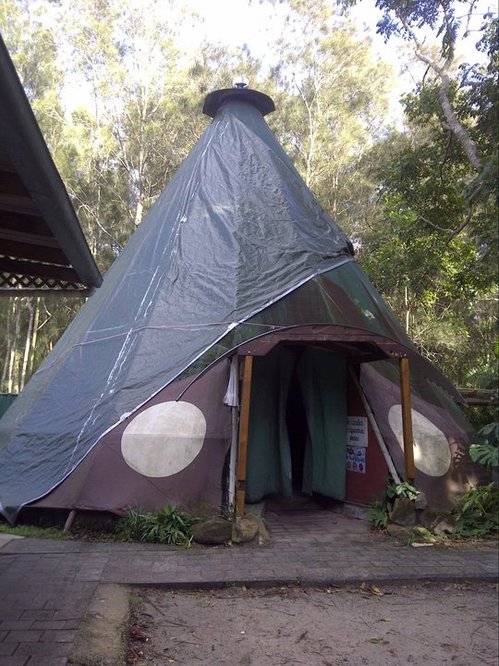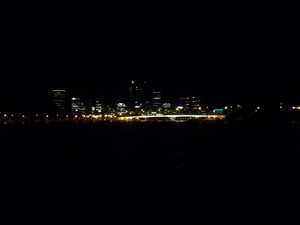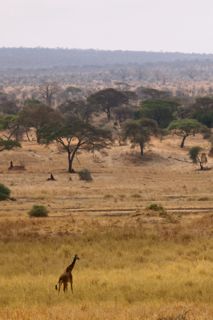 Our hostel in Byron Bay was awesome and by far my favourite that we stayed in. It was called the Arts Factory and had been renovated into a hostel from the actual arts factory it was in the 70’s and the rock and roll venue of the 80’s. It was completely open air with a pool, hot tub and hugee tee-pees instead of rooms. It even had a didgeridoo pit where you could take a lesson.
Our hostel in Byron Bay was awesome and by far my favourite that we stayed in. It was called the Arts Factory and had been renovated into a hostel from the actual arts factory it was in the 70’s and the rock and roll venue of the 80’s. It was completely open air with a pool, hot tub and hugee tee-pees instead of rooms. It even had a didgeridoo pit where you could take a lesson.
We dropped our stuff and then joined in on the free yoga being offered a little Japanese guy who looked a little like Yoda. We hadn’t known before, but we had stumbled on Blues Fest eve and the whole place was buzzing with hippies who had traveled from far and wide to attend the 5 day music festival. Everyone seemed to have dreads, guitars or both. The entire hostel was full of smoke and being there on 4/20 probably didn’t help the matter…no one seemed to mind much despite the hostel’s posters discouraging it and telling us it was still illegal. They even offered an “alternative” tour of the nearby town, Nimbin, which is apparently known for it.
We headed down to the beach as the clouds rolled in. I rented my surfboard and wetsuit for three days and was told, when I asked about the likelihood of being eaten by a shark, that I “would see two metre tiger sharks, but probably not a great white”. Comforting.
The weather grew steadily worse but the water was still really warm so I stayed at the beach for a while Meg and Morgan headed for shelter. That night the rain hadn’t eased up so we just hung out at the local bar watching live music and then followed a couple new friends from our tee-pee to a campsite party. One of our new friends had thought ahead and had Krispy Kremes, “for bartering purposes” as he said. We were strangely divided into a table of Canadians and Americans and another table of purely Eastern Europeans. It was cool to hear everyone’s stories of how they ended up in Byron.
 The hut area we had our campsite party in ^
The hut area we had our campsite party in ^
I got up really early the next morning which dawned hot with blue skies and headed to another smaller surf beach called Tallows with a Canadian surfer I’d met. It was absolutely worth getting up early. The waves were great and the beach was completely untouched white sand, strewn with coconuts. Whenever I stood up on my board, I could see shoals of fish swimming beneath me in the crystal water. Amazing.
 Sunset over Tallows later that day ^
Sunset over Tallows later that day ^
We spent the rest of the day lying on the beach and Meg and I decided to go sea kayaking. Getting out onto the calmer water was the majority of the challenge as you had to keep paddling as hard as you could towards the breaking waves when you really wanted to throw up your arms and shield your face. We were one of the few kayaks who made it out without flipping over! Once out there, we saw a couple dolphins swimming around while our guides pointed out the other wildlife. We weren’t so lucky when we tried to being our kayak in. Our guides told us that the only thing to remember was “lean into the wave”. We were paddling really hard towards the shore when we caught a wave and began to surf. I was really excited and keep paddling while Meg screamed “LEAN BACK”. We flipped pretty hard in front of everyone who had already landed. Whoops.
That evening we went out to a club called the Cheeky Monkey which was…interesting…but definitely a good time. There didn’t seem to be a single local there, mostly Brits. We would have stayed out longer but all bars were charging a five dollar cover and we decided we’d rather have milkshakes because we’re old and would rather drink milk than alcohol. No luck on the milkshakes since the hostel’s caf� (with the best shakes ever) had long since closed and the pizza place we walked into was not a likely bet. We ended up with ice cream/chocolate milk and chatted to some British guys on the street who had been living in Byron for a few months looking for work.
Sadly the next day was our bus to Brisbane. Meg and I headed to the beach really early again to surf and got some good pictures.
We were sad to leave right when Blues Fest was just gearing up, but that’ll have to be saved for another time. Two hours on the road and we arrived at Chill Backpackers in Brisbane city. Definitely one of the nicer hostels we stayed in but not as funky as Arts Factory. We still needed to see the Australian wildlife so it was off to Lone Pine Koala sanctuary. We were able to cuddle and stroke the koalas and they were SO CUTE but had really sharp claws so you had to stand really still like a tree. Apparently koala cuddling is banned in New South Wales which is where Sydney is, but since we were just over the border in Queensland when we were in Brisbane, we were able to hold them. Win!
 We also were let loose in a field of hundreds of kangaroos. Most were completely unfased by all the tourists trying the feed them and just sat around being lazy, but it was really funny when one did start bouncing around. We also saw wombats and dingos which looked just like regular dogs! Later that night we wandered around the city centre which was full of life and ate a really strange but delicious meal. We shared a pizza, shrimp pasta and Thai egg noodles which didn’t really go together but we were so hungry we didn’t care. Back at the hostel we played pool with some more Brits, rugby players this time, before getting an early night. We said goodbye to Aussie the next morning as we boarded our plane back to New Zealand.
We also were let loose in a field of hundreds of kangaroos. Most were completely unfased by all the tourists trying the feed them and just sat around being lazy, but it was really funny when one did start bouncing around. We also saw wombats and dingos which looked just like regular dogs! Later that night we wandered around the city centre which was full of life and ate a really strange but delicious meal. We shared a pizza, shrimp pasta and Thai egg noodles which didn’t really go together but we were so hungry we didn’t care. Back at the hostel we played pool with some more Brits, rugby players this time, before getting an early night. We said goodbye to Aussie the next morning as we boarded our plane back to New Zealand.
Location: Byron Bay and Brisbane, Australia














